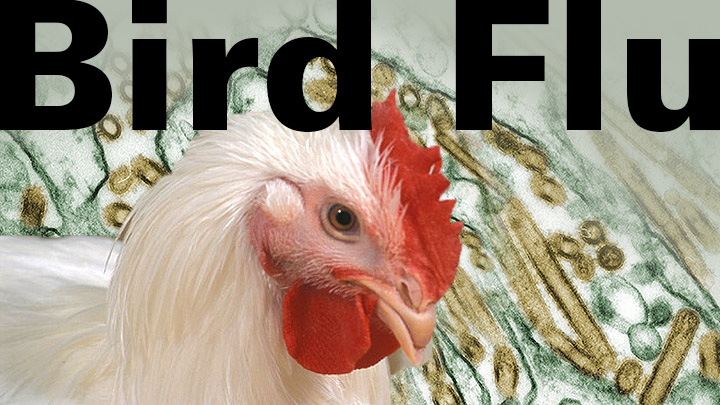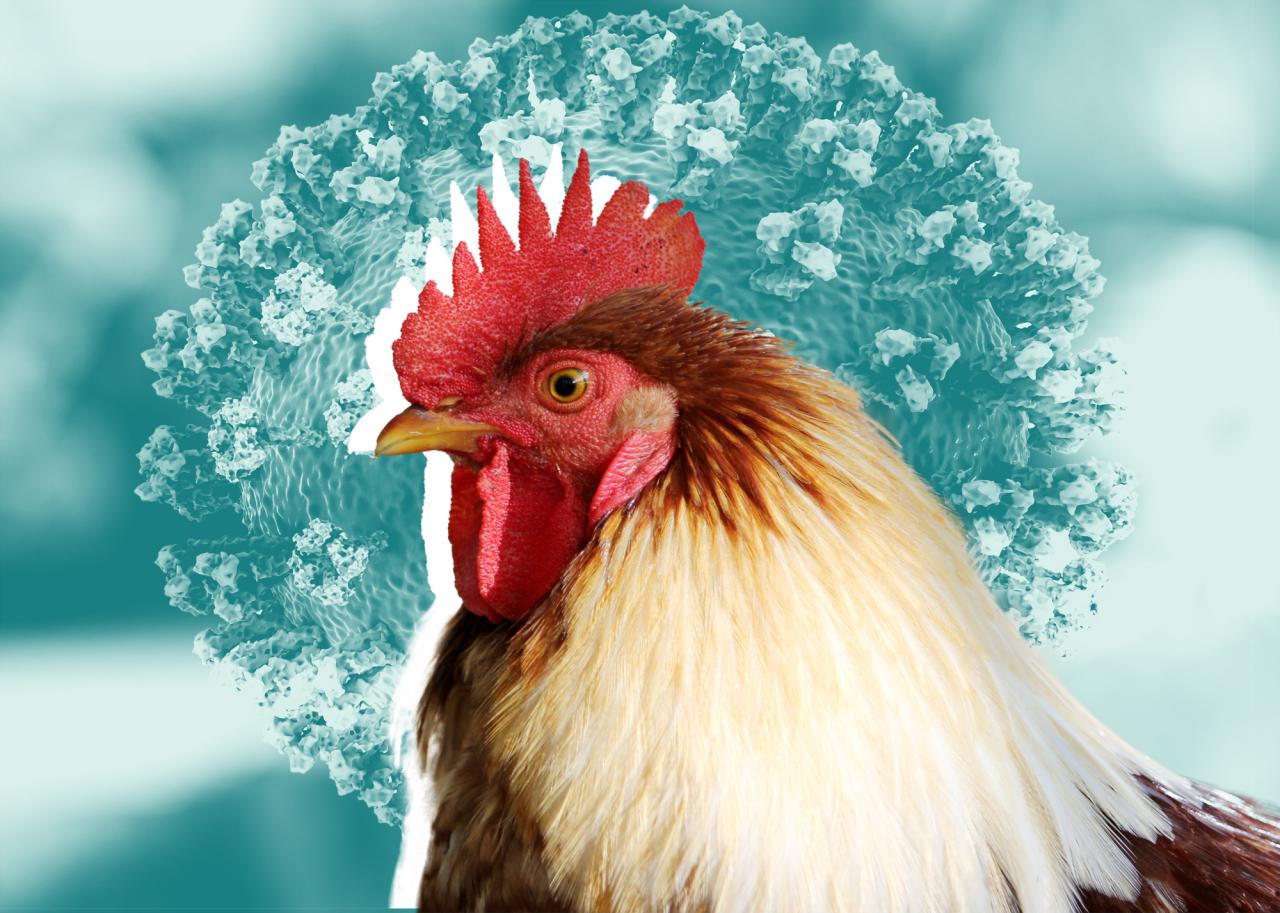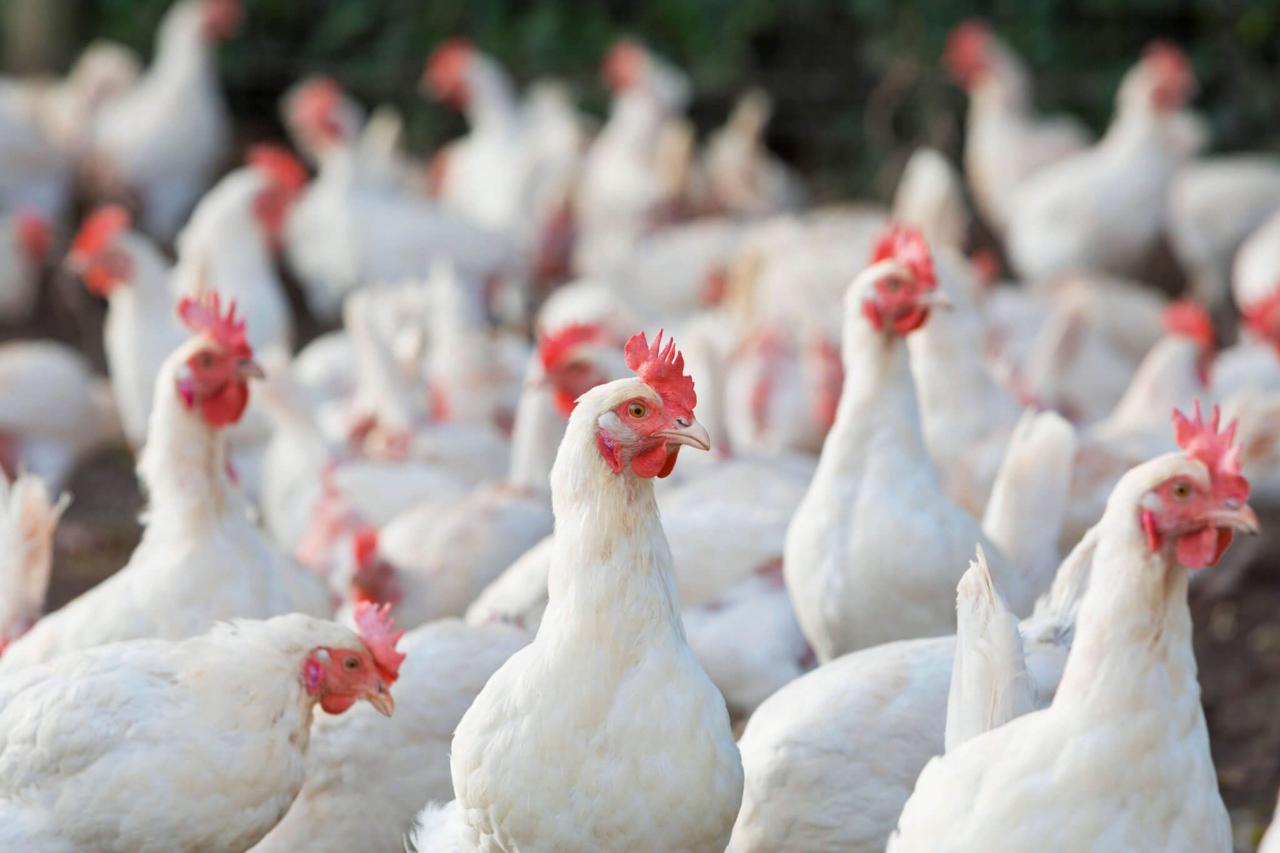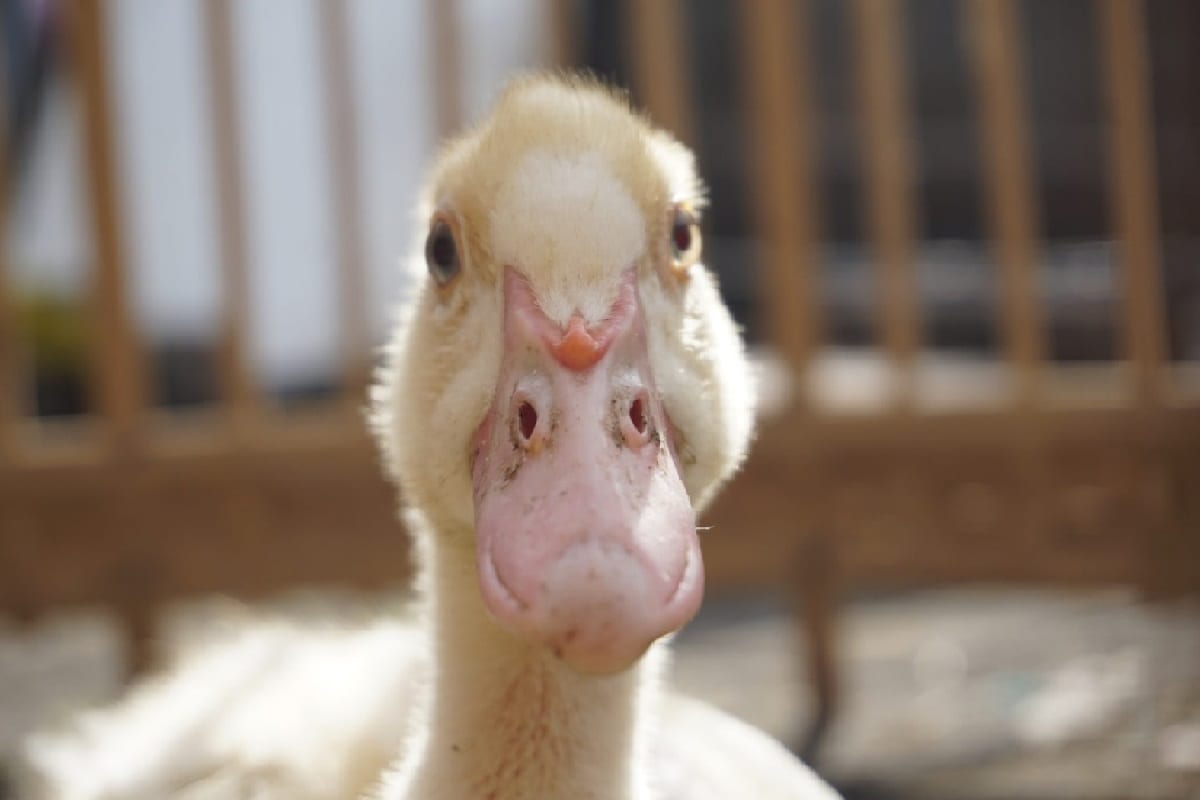
Amidst concerns over the spread of bird flu, the potential transmission of the virus through milk has emerged as a topic of interest. This article delves into the intricacies of bird flu milk, exploring the risks, preventive measures, and implications for milk production.
Bird flu, a highly contagious viral infection, has raised alarms due to its impact on poultry and the potential threat to human health. As the virus continues to spread, understanding the potential for milk-borne transmission becomes crucial.
Bird Flu in Poultry

Bird flu, also known as avian influenza, is a highly contagious viral infection that affects birds. It can spread rapidly through poultry flocks, causing significant economic losses to the industry.
The virus is primarily transmitted through contact with infected birds, their saliva, nasal secretions, or feces. It can also be spread through contaminated equipment, clothing, or surfaces. The prevalence of bird flu varies depending on the region and the time of year, with outbreaks occurring more frequently during migration seasons.
Economic Impact of Bird Flu
- Mass culling of infected flocks to prevent the spread of the virus
- Disruption of poultry production and supply chains
- Reduced consumer demand for poultry products
- Increased costs of production due to biosecurity measures and veterinary services
Bird Flu in Humans: Bird Flu Milk

While bird flu primarily affects birds, it can also be transmitted to humans who come into close contact with infected birds or their secretions. Human cases of bird flu are relatively rare, but they can be severe and even fatal.
The symptoms of bird flu in humans can vary depending on the strain of the virus, but they typically include:
- Fever
- Cough
- Sore throat
- Muscle aches
- Headache
- Fatigue
- Diarrhea
- Vomiting
Risk Factors for Contracting Bird Flu
- Exposure to infected birds or their secretions
- Working in poultry farms or slaughterhouses
- Traveling to areas where bird flu outbreaks are occurring
- Handling dead birds or their carcasses
Treatment and Prevention of Bird Flu in Humans, Bird flu milk
There is no specific treatment for bird flu, but supportive care can help manage the symptoms and improve the chances of recovery. This may include antiviral medications, fluids, and respiratory support.
Prevention of bird flu in humans focuses on avoiding contact with infected birds and their secretions. This includes:
- Wearing protective clothing when working with poultry
- Washing hands thoroughly after handling birds or their products
- Avoiding contact with dead birds or their carcasses
- Getting vaccinated against bird flu (recommended for high-risk individuals)
Milk and Bird Flu

There is no evidence that bird flu can be transmitted to humans through milk. The virus is not known to survive in milk or milk products, and pasteurization further reduces the risk of contamination.
However, it is important to take precautions to prevent the spread of bird flu through other means, such as contact with infected birds or their secretions.
Measures to Prevent the Transmission of Bird Flu through Milk
- Dairy farms should implement biosecurity measures to prevent contact between poultry and dairy animals.
- Milk should be pasteurized to kill any potential virus particles.
- Consumers should avoid consuming raw milk or milk products from areas where bird flu outbreaks are occurring.
Recommendations for Consumers
- Buy milk and milk products from reputable sources.
- Pasteurize raw milk before consuming it.
- Avoid consuming milk or milk products from areas where bird flu outbreaks are occurring.
Impact on Milk Production

Bird flu outbreaks can have a significant impact on milk production, especially in regions where poultry farming is prevalent.
Challenges Faced by Dairy Farmers
- Culling of poultry flocks can lead to a reduction in the availability of feed for dairy cows.
- Increased biosecurity measures can increase the cost of milk production.
- Consumer fears about the safety of milk can lead to a decline in demand.
Strategies for Mitigating the Impact of Bird Flu on Milk Production
- Diversifying feed sources to reduce reliance on poultry by-products.
- Implementing strict biosecurity measures to prevent the spread of bird flu to dairy herds.
- Educating consumers about the safety of milk and milk products during bird flu outbreaks.
Final Thoughts

The topic of bird flu milk highlights the importance of ongoing surveillance, research, and collaboration among public health agencies, dairy farmers, and consumers. By adhering to recommended guidelines and maintaining vigilant monitoring, we can safeguard the safety of our milk supply and minimize the risks associated with bird flu transmission.





